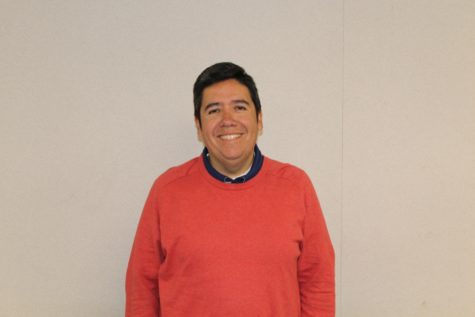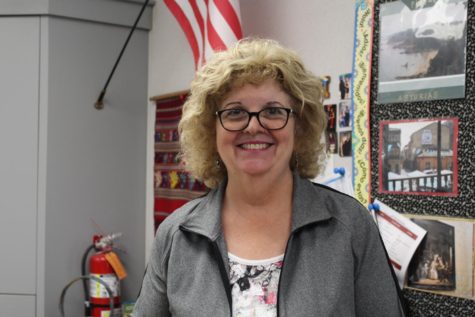Behind the Curtain of Dog Shows
Dogs! For the longest time, dogs have always been man’s best friend. Typically, dogs can be very energetic and athletic, sometimes a little too much. A place where we can see that attitude tuned in is at a dog show. Dog shows, otherwise known as conformation shows, is all about how a specific purebred conforms to its purebred standard. Lots of work and training is needed to perform well at shows, so dogs and owners need to go all in to get to the top.
Dog shows are very competitive, and all competitors must be ready to be judged and examined to be crowned the champion. First, owners have to make sure their dogs are eligible for competition; this means the dog has to be within the standard of that breed. A long distance runner would not compete in a shot put match because they are not physically fit for that task. The same idea applies to dog shows; a dog must be within a certain height, weight, and age (must be older than 6 months). The American Kennel Club (AKC) is the national organization that runs one of the biggest and most recognizable dog shows in the nation. The rules are very simple: dogs will be judged in a specific group or category depending on their breed and will be tasked to perform certain positions and exercises and will also be examined physically by a judge. After the dog is compared to its breed standard, the judges announce the place of the dog. This determines whether the dogs will go further into higher, more competitive shows.
Once a dog is eligible for a show, the owner, otherwise known as the handler, must properly train and prepare the dog. Usually, new owners attend dog shows prior to sending in applications for shows they have in mind. This can help get the owner understand the system and how the rules apply at the moment. Once owners get the gist of the shows, they begin to train their dogs with different methods that will prepare them for the actual thing. First, dogs have to get used to a leash, or a lead — this is the term used in dog shows. Once the lead becomes comfortable for the dog, the next step is teaching them how to gait, hand-stack, and free-stack. Gaiting is a trot that allows the judges to see the animal’s movement and structure. This is very important when the judges are examining the competitors motion. Stacking, or standing squarely and still, is also very important. However, this is more common when judges are up close and examining the dogs physically. Hand-stacking is manually squaring up and keeping the dog still while free-stacking is commanding the dog to do it on its own. All these positions can be obtained with treats and clickers, but it all depends on time and practice.
When it comes to judging, it is very important for one’s dog to be fully prepared for full examination; this means movement, appearance, and physicality. So the judge is not necessarily comparing the dog against the other dogs, but instead, against the written standard of that dog’s breed. This is its overall proportions, weight, size, eye color, ear shape, head shape, muzzle shape and length, whisker thickness, teeth condition, tail arch and set, shoulder and leg proportionality, and coat texture and color. That seems like quite a lot of information to judge a dog, but this is the very reason why it is so important for the dogs to be eligible and prepared for the show in the first place. When a dog is then judged and placed, it gains points that will help it go to the AKC National Championship which in time will determine if it is the best dog out of its breed in the entire country.
Not all dogs will have the chance to become an AKC dog champion, but this does not mean they will never be able to participate in a dog show. Luckily, there are almost an endless amount of diverse dog shows that welcome all types of breeds and even mixes. At the core of conformation shows, there is the idea of finding the best and perfect specimen of a breed, but it is also important for the dog to enjoy what it is doing. Dogs as we know it, are sometimes considered the happiest creatures on the planet. And when they are in a show, they cannot be any happier.
Hello there! Our goal is to provide relavent, engaging journalism for readers of all ages. Your donation will support the student journalists of the Wolfpacket at Claremont High School, and will allow us to purchase equipment, print our monthly issues, and enter in journalism competitions. We appreciate your consideration!

Sean Castro is a sophomore attending Claremont High School. This is his first year of Wolfpacket and he’s very excited to start off a new “journalistic”...









